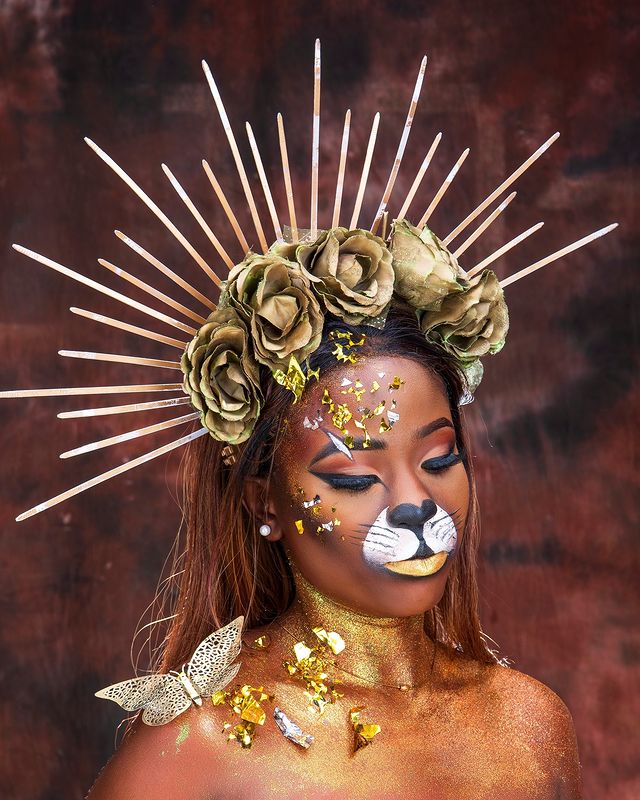
In the realm of photography, there exists a magical alchemy—a dance of light, emotion, and human connection that transforms mere images into timeless portraits brimming with life. At Pro Studios ke, we believe in capturing more than just faces; we strive to unveil the very essence of each individual—their personality, their story, their soul. Join us on a journey as we unveil the secrets behind capturing personality and emotion in our photos, revealing the heart behind the art.
Genuine Connection
Before the shutter clicks, we take the time to connect with our subjects on a personal level, fostering an atmosphere of trust, comfort, and mutual understanding. Through meaningful conversations and shared laughter, we create a space where individuals feel seen, heard, and valued.
This genuine connection lays the foundation for capturing raw, unfiltered emotion—the laughter that crinkles the eyes, the vulnerability in a fleeting glance, the quiet strength that emanates from within.
Unscripted Moments
At Pro Studios ke, we embrace the beauty of imperfection, encouraging our subjects to let go of expectations and simply be themselves. Whether it’s a shared joke, a tender embrace, or a stolen glance, these unscripted moments capture the raw, unfiltered essence of personality and emotion.
We believe in letting life unfold organically, allowing the richness of human experience to take center stage. It’s in these candid moments that true stories are told, and genuine emotions are immortalized for generations to come.
Creative Expression
Through thoughtful composition, lighting, and artistic direction, we infuse each image with a unique blend of personality and emotion. From dramatic lighting that casts shadows and highlights, to unconventional angles that challenge perspective, we approach each photo session as an opportunity for creative exploration and expression.
Conclusion
Pro Studios ke invites you to step into our world, where every image tells a story, and every portrait captures the essence of the human spirit. Join us on this journey of discovery, and let us unveil the essence of who you truly are, one frame at a time.
#photography #nairobikenya #photoart


